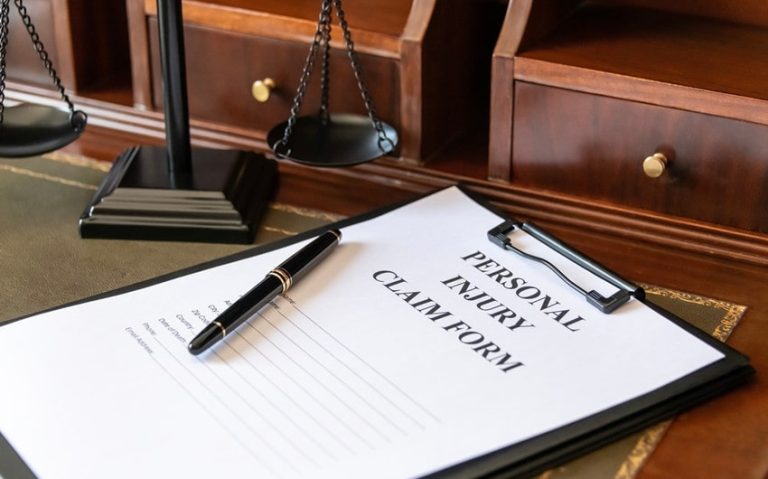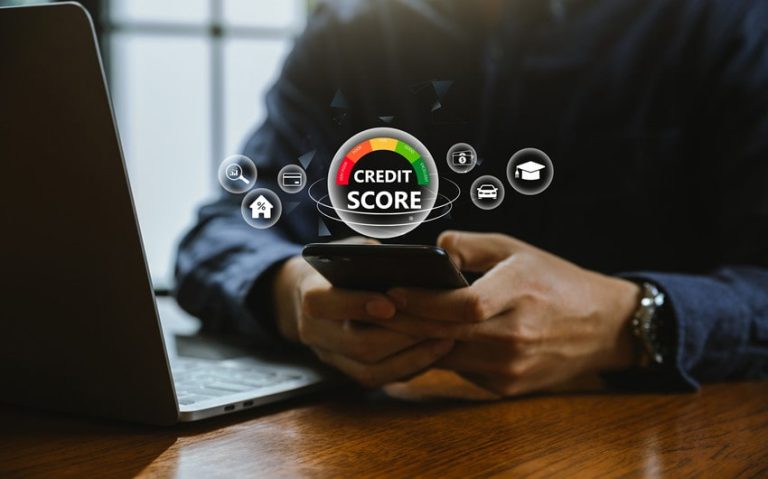Personal Injury Lawsuits: A Comprehensive Guide for Victims
Getting hurt because of someone else’s negligence is the worst feeling in the world.
Every year, 62 million Americans seek medical attention for preventable injuries. And here’s the thing — those aren’t just statistics. Those are real people dealing with crushing medical bills, lost wages, and pain that wasn’t their fault.
Here’s the problem:
Most accident victims have no clue about their legal rights. They think filing a lawsuit means years in court, massive attorney fees, and no guarantee of winning anything.
But here’s what might surprise you…
95% of personal injury cases settle before ever reaching trial.
This guide will show you exactly how personal injury lawsuits work. From understanding your rights to working with personal injury lawyers who can get you maximum compensation.
Let’s jump in!
What you’ll discover:
- Understanding Personal Injury Law Basics
- When You Have a Valid Personal Injury Claim
- The Real Personal Injury Lawsuit Process
- How Much Your Case Could Be Worth
- Why Most Cases Never See a Courtroom
Understanding Personal Injury Law Basics
Personal injury law exists for one simple reason: to make negligent people pay for the damage they cause.
Think of it this way…
If someone’s careless actions hurt you, they should cover every penny of your damages. That includes medical bills, lost income, and compensation for your pain and suffering.
Want to know something interesting?
The most common personal injury cases include:
- Motor vehicle accidents (52% of all cases)
- Slip and fall incidents (22% of cases)
- Medical malpractice
- Workplace injuries
- Product defects
Motor vehicle accidents are by far the leading cause of personal injury claims.
Here’s what most people don’t realize…
You don’t need to prove someone meant to hurt you. You just need to show they were negligent.
Pretty cool, right?
When You Have a Valid Personal Injury Claim
Not every accident creates a valid personal injury claim. You need these four key elements:
- Duty of Care – The other party had a legal obligation to act reasonably.
- Breach of Duty – They failed to meet that standard of care.
- Causation – Their negligent action directly caused your injury.
- Damages – You suffered actual financial losses.
Here’s something that might surprise you…
Even if you were partially at fault, you can still win compensation. Most states use “comparative negligence” rules that reduce your payout based on your percentage of fault.
But here’s the catch — you need to act fast. Every state has deadlines for filing claims. Miss that deadline and you lose everything.
The Real Personal Injury Lawsuit Process
Here’s how the process actually works:
Initial Investigation
Your attorney digs into the accident, gathers evidence, and figures out who’s responsible.
Filing the Claim
Your lawyer files a formal complaint outlining your case and the compensation you’re demanding.
Discovery Phase
Both sides exchange information and evidence. This includes depositions, document requests, and expert witness reports.
Settlement Negotiations
Here’s where most cases end. Insurance companies often prefer to settle rather than risk getting hammered by an unpredictable jury verdict.
And honestly, that’s usually better for everyone.
Settlement means faster resolution, guaranteed outcome, lower legal costs, and privacy.
Want to know the success rates? Car accident claims succeed about 61% of the time, while medical malpractice claims only succeed in 19% of cases.
How Much Your Case Could Be Worth
This is probably what you’re most curious about…
Here’s the truth: Case values vary wildly based on your specific situation. But recent data gives us some solid benchmarks.
Average settlements in 2025 range from $24,000 to $55,100, according to multiple law firms.
Settlement amounts depend on:
- Medical expenses (past and future)
- Lost wages and earning capacity
- Pain and suffering
- Property damage
- Permanent disability or disfigurement
Real-world examples:
- Slip and fall cases: $10,000 to $50,000 average
- Medical malpractice: $250,000 median payout
- Dog bite claims: $64,555 average as of 2023
But here’s the kicker…
Cases that go to trial often result in much higher awards. But they’re also riskier — you could win big or walk away with absolutely nothing.
Why Most Cases Never See a Courtroom
Remember that 95% settlement rate we mentioned? There are damn good reasons why both sides prefer to avoid trial.
For accident victims:
- Trials are completely unpredictable
- They take much longer (sometimes years)
- Legal costs are higher
- Settlement guarantees compensation
For defendants and insurance companies:
- Jury verdicts can be astronomical
- Trials are expensive
- They create terrible publicity
Here’s what’s really interesting…
When personal injury cases do go to trial, plaintiffs win about 50% of the time overall. But success rates vary dramatically:
- Auto accidents: 61% success rate
- Premises liability: 39% success rate
- Product liability: 38% success rate
- Medical malpractice: Only 19% success rate
That terrible medical malpractice success rate explains why these cases almost always settle.
Working with Personal Injury Attorneys
Having experienced legal representation is the single biggest factor in your case’s success.
Studies consistently show that people with attorneys receive significantly higher settlements than those who go it alone.
Here’s why attorneys make such a massive difference:
They know the real value of your case. Insurance companies routinely lowball unrepresented victims because they know most people will jump at the first offer.
They handle all communication with insurance companies. These companies have entire teams of adjusters whose only job is to minimize payouts.
They understand the legal process and deadlines inside and out. One missed deadline can completely destroy an otherwise strong case.
Here’s the best part — most personal injury attorneys work on contingency, meaning you pay nothing unless they win your case.
Is it worth it? Absolutely. The increase in settlement value almost always exceeds the attorney’s fee.
Common Mistakes That Hurt Your Case
Even with the best attorney, certain mistakes can seriously damage your claim:
Delaying medical treatment. Insurance companies will argue that delayed treatment means your injuries weren’t that serious.
Talking to insurance adjusters. They’re professionally trained to get you to say things that hurt your case.
Not following medical advice. If you skip appointments, insurers will claim you made your injuries worse.
Posting on social media. That photo of you smiling could be used to argue your injuries aren’t severe.
Settling too quickly. Initial settlement offers are almost always lowball amounts.
Signing anything without legal review. Insurance forms often contain sneaky language that can hurt your case later.
Moving Forward After an Injury
Personal injury law exists to protect accident victims when someone else’s negligence causes harm. The statistics prove that most cases settle successfully.
Here’s the key — you need to take action quickly. Evidence disappears, witnesses forget details, and legal deadlines approach whether you’re ready or not.
Don’t let insurance companies convince you that a quick, low settlement is your only option. With 400,000 personal injury claims filed annually, experienced attorneys know how to handle these cases.
Remember this: You didn’t ask for this injury, and you shouldn’t have to pay for someone else’s mistake.
Final Thoughts on Your Legal Journey
Personal injury lawsuits aren’t about getting rich quick. They’re about fairness and making sure negligent parties take responsibility for the harm they cause.
With 95% of cases settling out of court, most victims can get the compensation they deserve without trial stress. But success requires understanding your rights, acting quickly, and having experienced legal representation.
The bottom line?
If someone else’s negligence caused your injury, you have legal options. Don’t let fear of the legal process prevent you from pursuing the compensation you deserve.
Your recovery is challenging enough without financial stress. Personal injury law exists to remove that burden and help you focus on getting your life back on track.







